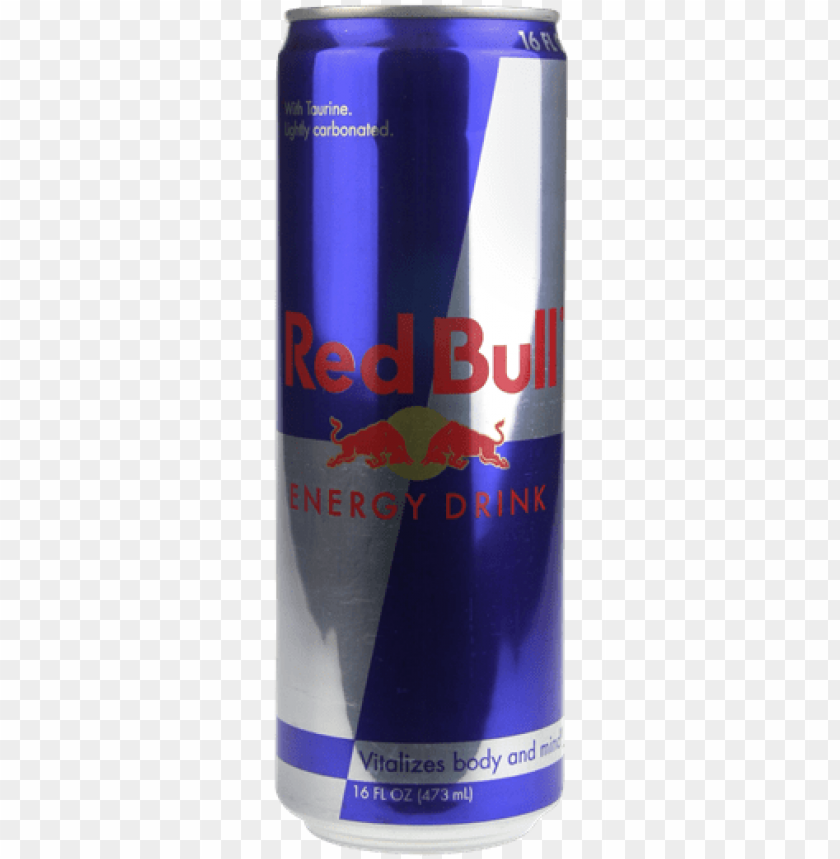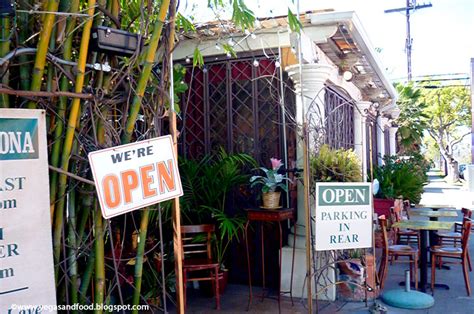Cost Of Red Bull Energy Drink

Energy drinks have become an integral part of many people's daily routines, promising a quick boost of energy and enhanced focus. Among the most popular brands is Red Bull, a globally recognized energy drink known for its distinctive taste and bold marketing campaigns. But what exactly does a can of Red Bull cost, and how do the prices vary across different regions and retail outlets? In this comprehensive exploration, we delve into the factors influencing the cost of Red Bull energy drinks, providing an in-depth analysis and insights into this ubiquitous beverage.
Understanding the Cost Dynamics of Red Bull Energy Drinks

The price of Red Bull energy drinks can vary significantly depending on several key factors. These include the country of purchase, with prices often differing due to varying tax rates, import duties, and local market dynamics. Additionally, the type of retail outlet plays a crucial role, as prices can fluctuate based on whether the drink is purchased at a convenience store, supermarket, gas station, or online retailer.
Moreover, the packaging size and quantity purchased impact the overall cost. Red Bull is available in various sizes, including 8.4 fl oz (250 ml), 12 fl oz (355 ml), and 16 fl oz (473 ml) cans, as well as larger 24 fl oz (710 ml) cans and even 33 fl oz (1 L) bottles. Prices typically increase with larger sizes, and discounts or bulk pricing may be offered for purchasing in higher quantities.
Global Price Comparison
To provide a comprehensive overview, let’s explore the average prices of a 12 fl oz (355 ml) can of Red Bull in different regions:
| Region | Average Price ($) |
|---|---|
| United States | $2.50 - $3.50 |
| Canada | $2.00 - $3.00 |
| United Kingdom | £1.50 - £2.50 (approx. $1.80 - $3.00) |
| Australia | A$3.00 - A$4.00 (approx. $2.10 - $2.80) |
| New Zealand | NZ$3.50 - NZ$4.50 (approx. $2.20 - $2.90) |
| Germany | €2.00 - €2.50 (approx. $2.10 - $2.70) |
| France | €1.80 - €2.20 (approx. $1.90 - $2.40) |
| Japan | ¥250 - ¥350 (approx. $2.00 - $2.80) |

It's important to note that these prices are approximate and can vary based on specific locations, promotional offers, and fluctuations in exchange rates. Additionally, the cost of living and purchasing power in each country can significantly impact the perceived value and affordability of Red Bull energy drinks.
Retail Outlet Price Variations
The type of retail outlet can also lead to significant price differences. For instance, convenience stores and gas stations often charge higher prices due to their convenient locations and the added value of immediate accessibility. Supermarkets and online retailers, on the other hand, may offer more competitive prices, especially when purchased in larger quantities or during promotional periods.
Specialty and Premium Offerings
In recent years, Red Bull has expanded its product line to include specialty and premium offerings, which can command higher price points. These include sugar-free variants, organic options, and limited-edition flavors. Additionally, Red Bull has ventured into the ready-to-drink (RTD) coffee market with products like Red Bull Energy Fusion, which blends energy drink ingredients with coffee for a unique caffeine boost.
The Impact of Ingredients and Production Costs

The cost of producing Red Bull energy drinks is influenced by several factors, including the quality and quantity of ingredients used. Red Bull’s signature formula contains a blend of caffeine, taurine, B-vitamins, and a range of proprietary ingredients. The sourcing and processing of these ingredients, along with the energy drink’s unique flavor profile, contribute to the overall production costs.
Additionally, the manufacturing and distribution processes involve significant expenses. Red Bull operates numerous production facilities worldwide, and the costs associated with these operations, including labor, energy, and transportation, impact the final retail price. The brand's extensive marketing and advertising campaigns also contribute to the overall cost structure.
Ingredient Breakdown
Here’s a simplified breakdown of the key ingredients and their approximate costs:
| Ingredient | Cost Estimate ($/kg) |
|---|---|
| Caffeine | $100 - $300 |
| Taurine | $20 - $40 |
| B-Vitamins (Mix) | $10 - $20 |
| Proprietary Blend | Variable |
Please note that these estimates are for illustrative purposes only and may not reflect the exact costs incurred by Red Bull. The proprietary blend, which includes ingredients like glucuronolactone and various herbal extracts, can vary significantly in price depending on sourcing and quality.
The Economics of Energy Drink Consumption
Energy drink consumption has grown exponentially over the past few decades, with Red Bull at the forefront of this trend. The global energy drink market, which includes Red Bull and other prominent brands like Monster and Rockstar, is estimated to be valued at over $55 billion as of 2022. This market growth is driven by a combination of factors, including the rising demand for convenient energy solutions, the increasing popularity of health and wellness trends, and the expanding reach of energy drink marketing campaigns.
The economics of energy drink consumption involve a complex interplay of supply and demand. On the supply side, energy drink manufacturers like Red Bull invest significant resources into research and development, marketing, and distribution to meet the growing demand for their products. On the demand side, consumers are increasingly seeking convenient, on-the-go energy solutions, making energy drinks an attractive and accessible option.
Market Trends and Consumer Behavior
Several key trends are shaping the energy drink market and influencing consumer behavior:
- Health Consciousness: Consumers are becoming more health-conscious, leading to a rise in demand for low-sugar, sugar-free, and organic energy drink options. Red Bull has responded to this trend by introducing sugar-free variants and expanding its product line to cater to health-focused consumers.
- Convenience and Accessibility: Energy drinks offer a convenient and easily accessible source of energy, especially for busy individuals seeking a quick boost. The widespread availability of energy drinks in various retail outlets, from convenience stores to online platforms, contributes to their popularity.
- Brand Loyalty and Marketing: Red Bull has cultivated a strong brand identity and loyalty among its consumers through innovative marketing campaigns and sponsorships in extreme sports and music events. This brand loyalty drives repeat purchases and contributes to the overall success of the energy drink market.
Future Outlook and Market Dynamics
The energy drink market is expected to continue its growth trajectory, with increasing consumer demand and evolving market dynamics. Here are some key factors that will shape the future of the energy drink industry:
- Innovation and Product Diversification: Energy drink manufacturers will continue to innovate and diversify their product offerings to meet changing consumer preferences. This includes the development of new flavors, functional ingredients, and specialty formulations to cater to health-conscious and adventurous consumers.
- Sustainable and Ethical Practices: As consumer awareness of environmental and social issues grows, energy drink companies will face increasing pressure to adopt sustainable and ethical practices. This may include initiatives to reduce packaging waste, improve ingredient sourcing, and support community initiatives.
- Digital Transformation and E-commerce: The energy drink industry will leverage digital technologies and e-commerce platforms to reach a wider audience and enhance consumer engagement. Online retail and subscription models may become more prominent, offering convenient access to energy drinks and personalized recommendations.
- Regulatory and Health Concerns: The energy drink industry will need to navigate ongoing regulatory and health concerns related to caffeine and other stimulants. Manufacturers will likely focus on transparency, clear labeling, and responsible marketing practices to address these concerns and maintain consumer trust.
Conclusion: Navigating the Cost of Energy
The cost of Red Bull energy drinks is influenced by a myriad of factors, from regional pricing dynamics and retail outlet variations to the intricate web of production and ingredient costs. As we’ve explored, the price of a can of Red Bull can vary significantly depending on where and how it is purchased. Understanding these cost dynamics provides valuable insights into the energy drink market and the broader consumer landscape.
The global energy drink market, led by brands like Red Bull, continues to evolve and adapt to changing consumer preferences and market trends. By embracing innovation, sustainability, and digital transformation, energy drink manufacturers can navigate the complexities of the market and continue to meet the growing demand for convenient energy solutions. As consumers, staying informed about the costs and considerations associated with energy drinks empowers us to make more conscious choices and navigate the energy landscape with confidence.
How does the cost of Red Bull compare to other energy drinks?
+Red Bull’s pricing is generally on par with other leading energy drink brands like Monster and Rockstar. However, the exact prices can vary based on regional differences, packaging sizes, and promotional offers. It’s worth noting that Red Bull has established itself as a premium energy drink brand, which may influence its pricing strategy compared to other competitors.
Are there any discount options or loyalty programs for Red Bull purchases?
+While Red Bull itself does not offer formal loyalty programs, many retailers and online platforms provide discount options, loyalty rewards, or subscription models for energy drink purchases. These can vary depending on the retailer and may include bulk discounts, subscription savings, or promotional deals. It’s worth exploring these options to potentially save on your Red Bull purchases.
What are the key ingredients in Red Bull, and how do they contribute to the cost?
+Red Bull’s signature formula includes caffeine, taurine, B-vitamins, and a proprietary blend of ingredients. Caffeine and taurine, which are key functional ingredients, can be relatively expensive, especially when sourced and processed to meet quality standards. The B-vitamins and proprietary blend contribute to the overall flavor and energy profile, but their exact costs can vary significantly depending on the specific ingredients and their sourcing.
How do the costs of Red Bull compare to homemade energy drink alternatives?
+Homemade energy drink alternatives, such as those made with coffee, tea, or natural ingredients, can be more cost-effective than purchasing commercial energy drinks like Red Bull. However, the convenience, flavor, and specific functional ingredients offered by Red Bull may be hard to replicate at home. Additionally, the consistency and quality of homemade energy drinks can vary, whereas commercial energy drinks like Red Bull are rigorously tested and standardized.
What are some potential health concerns associated with the consumption of energy drinks like Red Bull?
+While energy drinks like Red Bull can provide a quick energy boost, excessive consumption may lead to potential health concerns. These can include increased heart rate, jitters, insomnia, and, in rare cases, more severe cardiovascular issues. It’s important to consume energy drinks in moderation and be mindful of your overall caffeine intake from all sources. Additionally, individuals with certain medical conditions or sensitivities should consult with a healthcare professional before consuming energy drinks.



